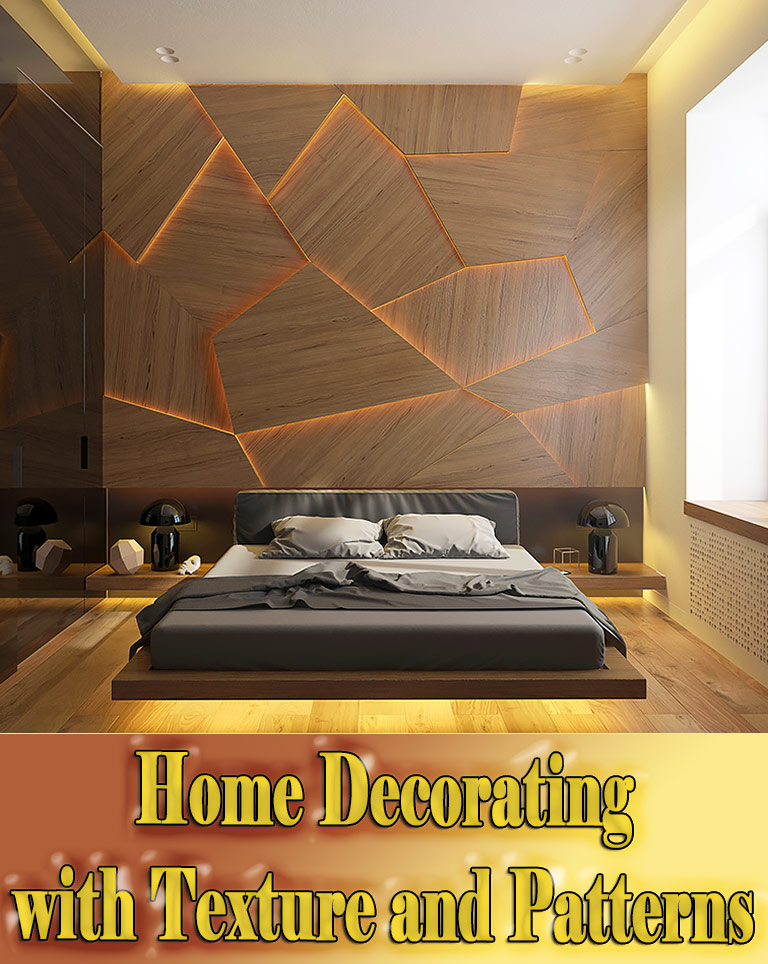
Tips for Home Decorating with Texture and Patterns
A room full of the same thing is boring. Instead, you could combine surfaces, finishes, and even periods. A 19th-century sideboard, for instance, might hold a pair of stylish lamps from the ’30s; in the living room of an urban town house, a raffia armchair could be included to deformalize taffeta drapes. Magic happens when elements with diverse qualities are brought together. Happily, many times, this allows us to use what we have – baskets, books, quilts – in a fresh manner.
Decorating with texture and patterns makes a room interesting and alive. Contrasts of smooth and rough, thick and thin, shiny and dull pump up the interest quotient and prevent a room from appearing too staid. That’s why the pros mix stripes with checks, pile rugs on tiled floors, and marry leather with wicker.
Layers – a pillow atop a pillow, chair pads on rush seats, matchstick blinds with cotton drapes – cook up warmth. Especially in cold climates, textures relieve rooms of any sterile or chilly overtones. Of course, how you introduce texture will depend a great deal on the style of your decor and the room’s application. An elegant dining room will call for a more subtle hand than a mountain ski retreat. In the dining room, flame-stitch fabric on the dining chairs and a large, heavily textured oil painting is all that’s needed. Inside the lodge, Navajo blankets, chenille sofas, and leather armchairs will turn up the heat and form a pleasing interior.
Kitchens and baths exhibit an interesting array of textures. Shimmering surfaces like granite, tile, stainless steel, glass, and mirror are the norm. Even plug-in appliances with their shiny profiles contribute to the picture. But so many hard-edged materials call out for a bit of relief found in a brick hearth, a wood ceiling, or a colorful kilim rug. If you favor a pared-down contemporary style, consider including a warm-hued oak floor or cherry cabinets to mix it up. A butcher-block top on an island, a window seat with a cushion, or a single shelf displaying three or four pieces of rustic pottery in earthlike colors will help balance the overall modernity of the setting.
Be it a flowery needlepoint rug or a stencil used on walls, patterns like textures pick up the tempo of a room and support its theme. Guiding rules? Less pattern in a room that’s meant for quiet like a bedroom, and exercise restraint when it comes to big, wild patterns. As beguiling as those patterns may seem now, they are the ones you’re most apt to tire of quickly. Leopard prints and bold plaid, in the right setting, look fantastic together.
However, less-flamboyant rooms will do as well with similar patterns in the same color or with patterns that are not alike but share the same color range. Small-scale repeats in soft furnishings like cushions and upholstery of a larger-scale pattern found at the windows is a well-tested technique. Over the years, certain patterns have become linked with very distinct styles. A faded chintz translates English; a blue-and-white toile is all about France. Study your building blocks – walls, ceiling, and floor – to see how texture and pattern could benefit them.
Ceilings, depending on your decor, can be wallpapered, painted with textured paint, or covered with a material such as tin. Certain heavy papers with embossed patterns can be applied to a ceiling and also painted. Tin ceilings that are most often associated with the 19th century are replicated today in easily installed tiles of steel, brass, or chrome. Tongue-and-groove ceilings, painted or unpainted, are traditional in New England’s seaside houses and also on porches.
If you’re building a new house, keeping the beams exposed in, say, the family room will add country-house charm as well as texture. Suspend baskets, bunches of dried herbs or wildflowers, or strings of heady garlic from the beams, and gain yet another tactile bit of interest. A ceiling draped with fabric or tented is romantic or fun. Bold red-and-white stripes, for instance, imbue a child’s room with a jolly circus ambience.
Fabric is an age-old wall treatment, too – from vibrant wall hangings to voluminous curtains suspended from rods affixed just below the ceiling. Quality fabrics such as ticking, wool, burlap, or imitation suede can also be glued to walls like paper. Rather than dress the whole room, consider covering one wall behind a four-poster bed or a writing desk. Upholstered walls also add texture and, with batting underneath, are a high-end remedy for battling obtrusive noise.
Decorative paint treatments such as dragging or sponging are relatively easy and will also hide wall imperfections. And realistic, nature-inspired wallpapers interject texture, pattern, and style. Consider ones like grass cloth or cork for an Asian- or Caribbean-inspired room, or choose papers that simulate bamboo, stone, or wood. Some papers also copycat faux finishes, murals, and architectural details such as plaster ornamentation and wood moldings. To help you achieve a custom look, many of the sample wallpaper books are set up to display complementary colors, patterns, and textures all together. Transport several sample books home, see how the papers are affected by light, and observe which ones will best suit your furnishings before you order.
Even at ground level, texture and pattern matter. Luckily, scores of choices exist for all kinds of spaces and styles. Choose your material according to how the room is used as well as how you want it to look. In a kitchen, the options could be anything from resilient rubber flooring like you might find in busy restaurants to rustic terra-cotta tiles like you might find in Mediterranean homes. Cement with wood inlays is a good-looking partner for commercial-style appliances in a contemporary or a country kitchen.
Play a little! If the room is carpeted, layer on some area rugs to bring it up to date. For a quick breath of summer, toss a sisal rug down on a hardwood floor, and lay a colorful floor cloth out in the sunporch. Even in a tiny powder room, a small easy-to-launder throw rug (anchor it on a no-skid mat for safety) reverberates with style.
Color, texture, and patterns lend personality to a room, but lighting is crucial. You can single-handedly destroy the soothing comfort of a bedroom with harsh overhead lights or diminish the excitement of a play room with soft, fuzzy lighting. On the next page, learn how to properly light your home.

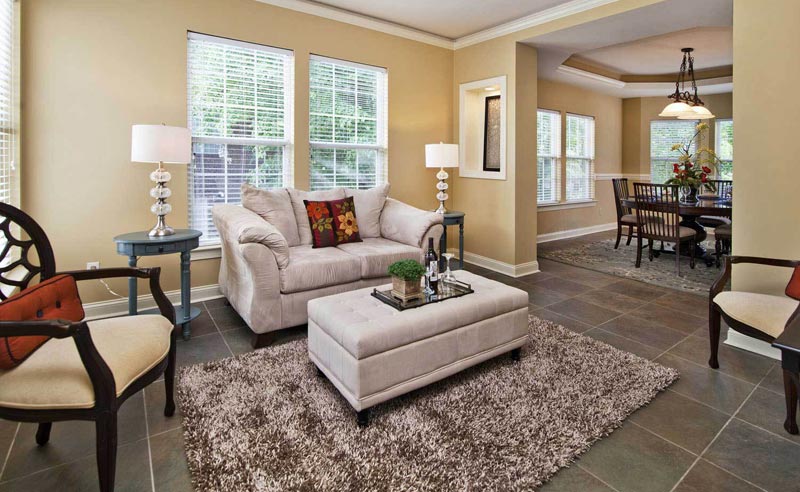
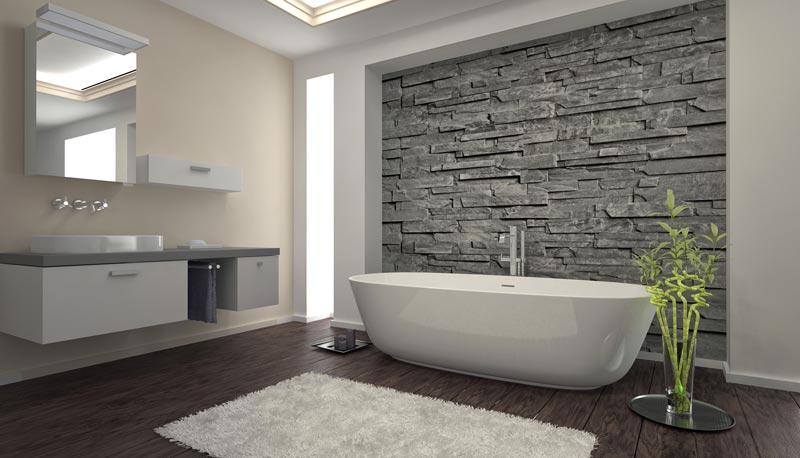
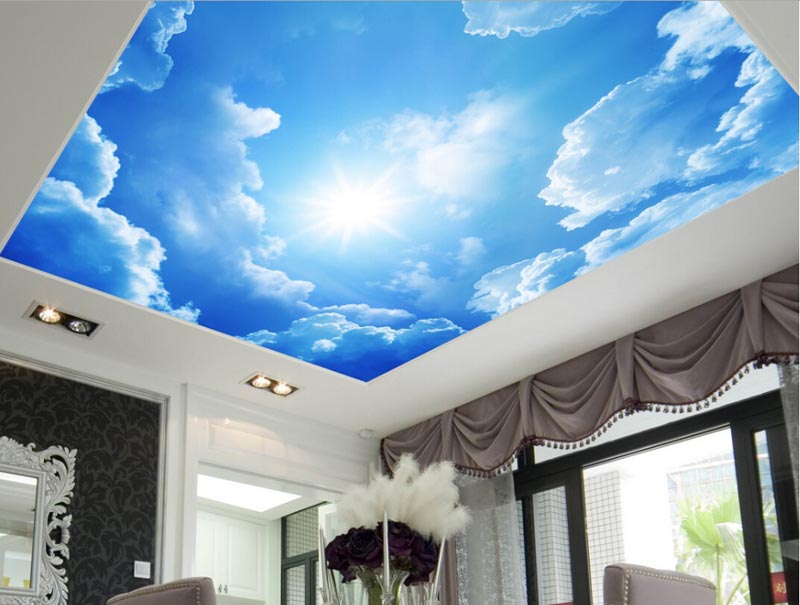
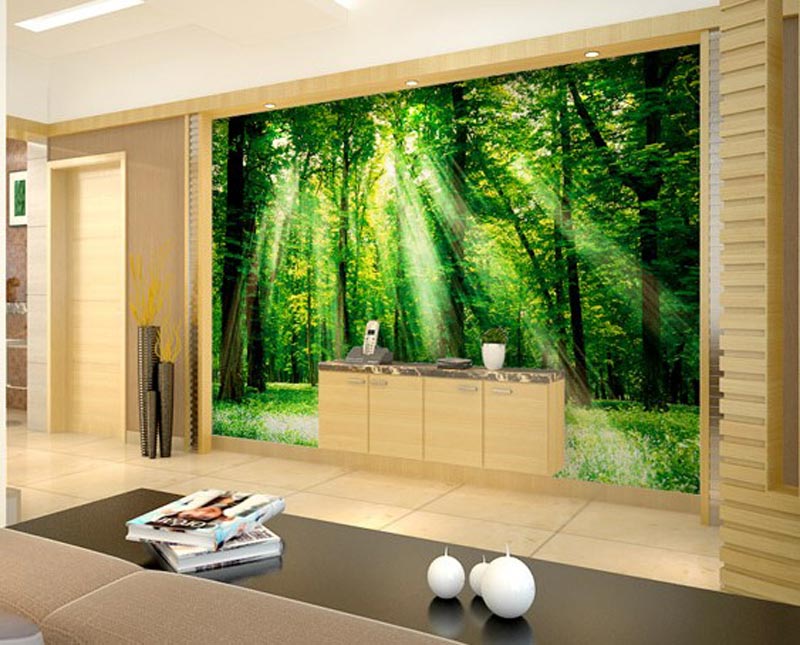
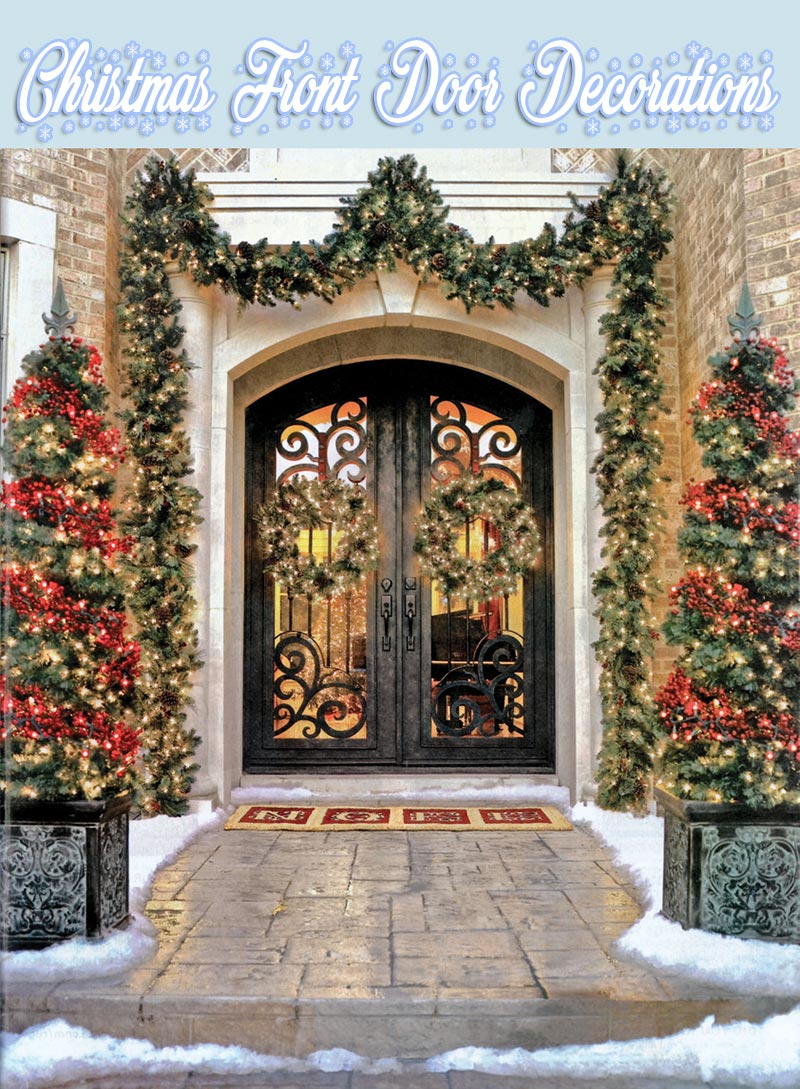
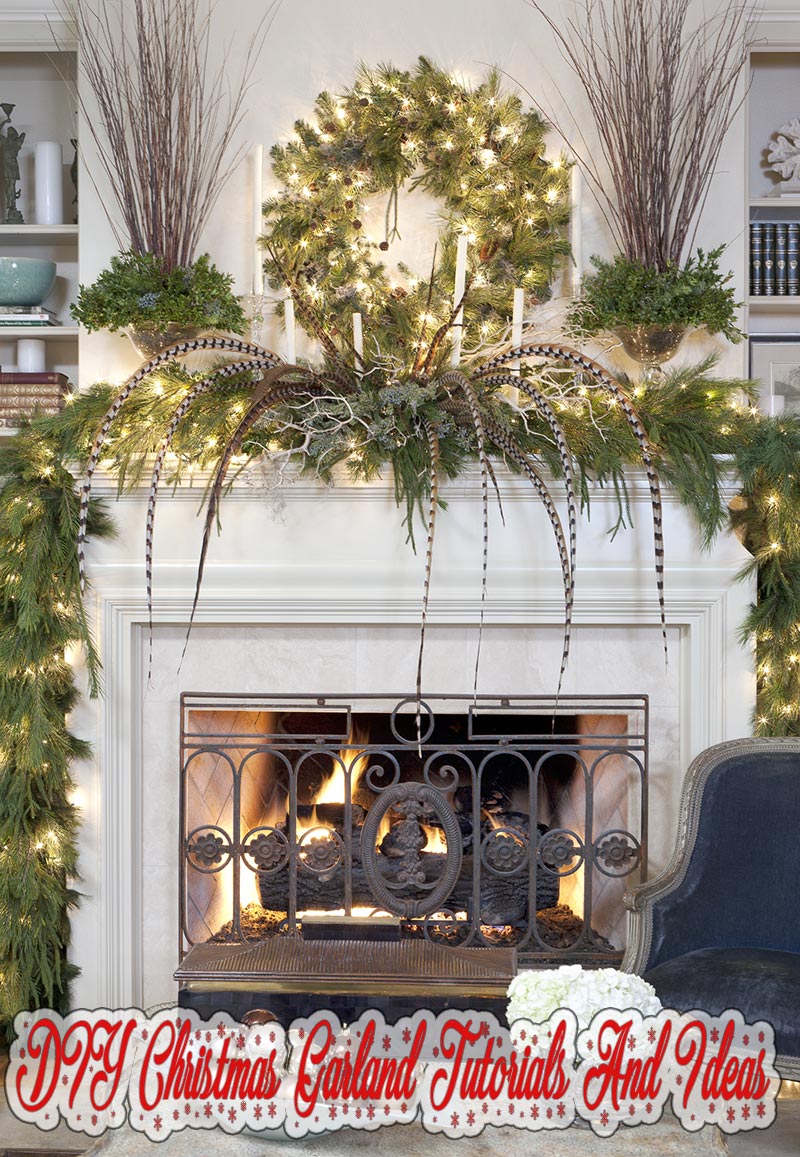
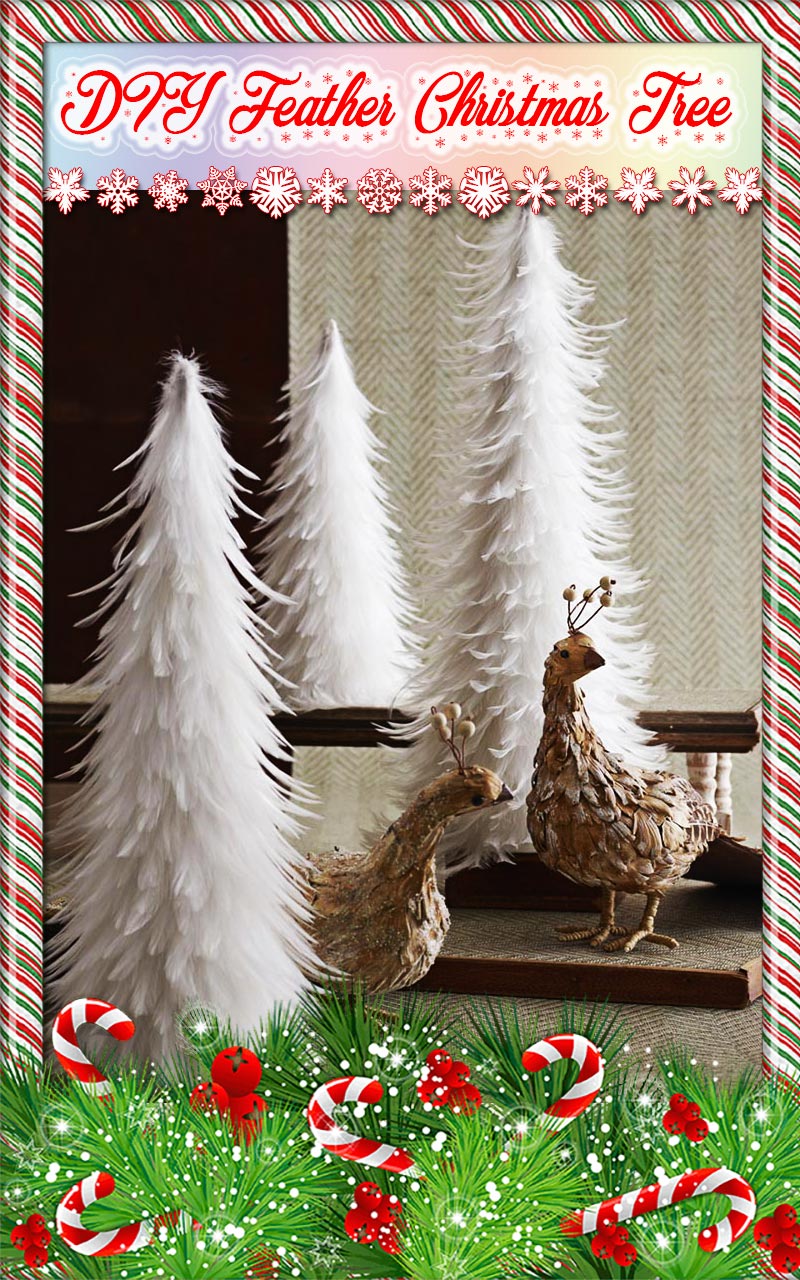
Very interesting post! Another tip, if you want to add texture and patterns in your home interior, try using stamped concrete overlays. We just had that in our dining room and it’s perfect. It’s way cheaper too than the traditional concrete stamping.